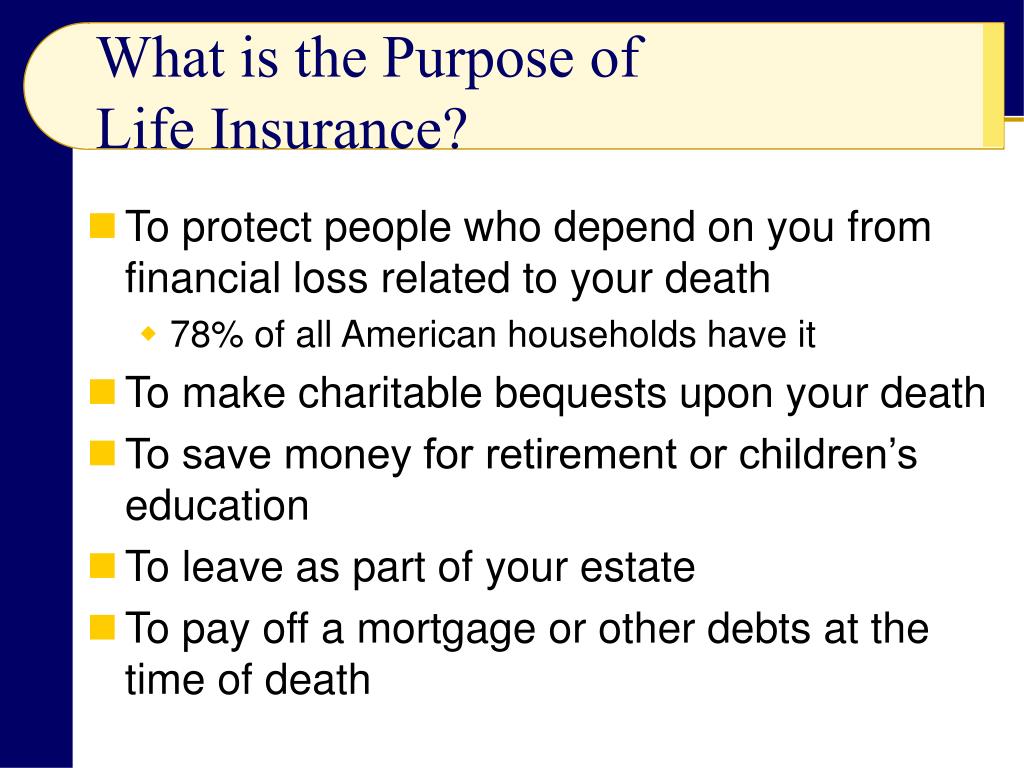An Unbiased View of Pacific Prime
An Unbiased View of Pacific Prime
Blog Article
An Unbiased View of Pacific Prime
Table of ContentsOur Pacific Prime PDFsThe Single Strategy To Use For Pacific PrimeThe Of Pacific PrimeGetting The Pacific Prime To WorkThe Buzz on Pacific Prime

This is since the information were accumulated for a duration of solid financial performance. Of the approximated 42 million individuals that were uninsured, all but about 420,000 (regarding 1 percent) were under 65 years of age, the age at which most Americans end up being qualified for Medicare; 32 million were adults between ages 18 and 65, around 19 percent of all adults in this age team; and 10 million were kids under 18 years old, about 13.9 percent of all children (Mills, 2000).
These quotes of the variety of individuals uninsured are generated from the annual March Supplement to the Existing Population Survey (CPS), carried out by the Demographics Bureau. Unless or else noted, national estimates of people without medical insurance and percentages of the populace with various kinds of protection are based upon the CPS, one of the most extensively made use of resource of quotes of insurance protection and uninsurance rates.
Little Known Facts About Pacific Prime.

Still, the CPS is especially beneficial due to the fact that it produces yearly price quotes reasonably quickly, reporting the previous year's insurance policy coverage approximates each September, and because it is the basis for a consistent collection of quotes for more than two decades, permitting analysis of fads in protection over time. For these factors, in addition to the substantial use of the CPS in various other studies of insurance protection that are offered in this record, we rely upon CPS price quotes, with constraints noted.

The estimate of the number of uninsured people increases when a population's insurance policy condition is tracked for numerous years. Over a three-year period starting early in 1993, 72 million people, 29 percent of the united state populace, were without insurance coverage for at the very least one month. Within a single year (1994 ), 53 million individuals experienced at least a month without insurance coverage (Bennefield, 1998a)
Six out of every 10 without insurance adults are themselves employed. Working does boost the possibility that one and one's household participants will have insurance coverage, it is not a guarantee. Even participants of families with two permanent wage earners have virtually a one-in-ten possibility of being without insurance (9.1 percent uninsured rate) (Hoffman and Pohl, 2000).
The Definitive Guide for Pacific Prime
New immigrants represent a significant proportion of people without health and wellness insurance policy. One evaluation has associated a substantial part of the current development in the dimension of the united state without insurance population to immigrants that got here in the nation in between 1994 and 1998 (Camarota and Edwards, 2000). Recent immigrants (those that involved the USA within the previous 4 years) do have a high price of being uninsured (46 percent), but they Extra resources and their kids represent just 6 percent of those without insurance policy nationally (Holahan et al., 2001).
The connection between health and wellness insurance coverage and accessibility to care is well established, as documented later on in this phase. The relationship in between health insurance coverage and health outcomes is neither straight neither simple, a substantial medical and health solutions research study literature links health insurance protection to improved accessibility to care, much better quality, and enhanced personal and population wellness condition.
Levels of analysis for analyzing the effects of uninsurance. This conversation of wellness insurance policy coverage focuses largely on the U.S. populace under age 65 because practically all Americans 65 and older have Medicare or various other public protection. Furthermore, it focuses particularly on those without any wellness insurance coverage for any length of time.
10 Simple Techniques For Pacific Prime
The troubles faced by the underinsured are in some aspects comparable to those encountered by the without insurance, although they are typically much less serious. Wellness insurance policy, however, is neither essential neither sufficient to obtain access to clinical services. The independent and straight effect of wellness insurance coverage on access to health solutions is well established.
Others will certainly obtain the wellness care they require even without medical insurance, by paying for it out of pocket or seeking it from service providers that offer treatment totally free or at highly subsidized prices. For still others, medical insurance alone does not ensure receipt of treatment since of other nonfinancial barriers, such as an absence of wellness care service providers in their area, limited accessibility to transport, illiteracy, or linguistic and cultural distinctions.
5 Easy Facts About Pacific Prime Described
Official study concerning without insurance populations in the United States dates to the late 1920s and early 1930s when the Board on the Expense of Medical Treatment generated a collection of records about financing doctor office sees and hospital stays. This concern became salient as the numbers of clinically indigent climbed during the Great Clinical depression.
Report this page